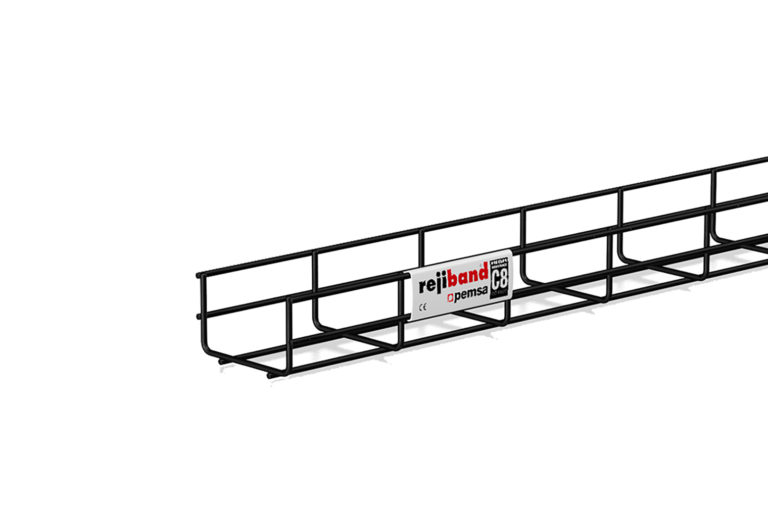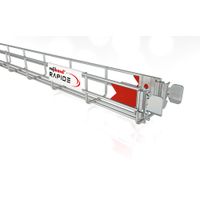

I also use diamide, which is an oxidant and is a useful control for the sample. However, that is why we use two different labels: the Cys that are naturally reduced at baseline are labeled with IAA (negative charge), and the Cys resides that are naturally oxidized are reduced and then labeled with IAM (neutral charge). This may sound counter intuitive, since the goal is to be able to discern the reduced from oxidized Cys residues. I use dithiothreitol (DTT) to reduce the samples.

In order to label the Cys residues, they need to be in the reduced state. Reduction and alkylation methods are commonly employed for identification of peptides for mass spectrometry, as well. As the samples run toward the positive electrode, the protein Cys labeled with IAA (and thus the negative charge) will migrate faster on the PAGE, compared to IAM labeling (neutral charge).

The IAA adds a negative charge to the reduced Cys residues (-SA –), while IAM adds a neutral charge to the reduced Cys residues. In my experience, guanidinium HCl is easier to work with and use it instead of urea.įor alkylating agents, I use iodoacetic acid (IAA) as well as iodoacetamide (IAM). To denature the proteins for downstream “labeling”, you can either use urea or guanidinium HCl in the buffer. These different ‘species’ of Cys can be “labeled” with charges that will then separate out the reduced Cys from the oxidized Cys residues using the PAGE method. These thiols can be modified in a number of different ways, but this article will focus on whether the thiol is reduced (SH), or oxidized and exists in a disulfide bond (S-S) with another Cys (Figure 1). PEMSA is a useful method to determine whether a certain condition is affecting the redox state of your proteins and therefore if the Cys residues are reduced or oxidized (Figure 1).
PEMSA CARREERS FREE
A protein with reduced Cys have free thiols, whereas the oxidized form may engage in a disulfide bond with another Cys in the same protein.

Reduced and oxidized Cys residues in a protein. There are even antibodies that can detect various phosphorylated proteins, but detecting redox modified proteins is a bit more involved as discussed below. Just like phosphorylation signaling cascades, which is a more common post-translational modification, redox modifications can cause activation/deactivation of pathways. If you want to be able to determine redox modifications to the cysteine (Cys) residues found in your protein of interest, or if certain conditions alter the protein redox state, then PEMSA might work for you! For example, you may want to know why your transcription factor is not binding to a DNA promoter, or why you cannot activate a certain pathway. This method is essentially an agarose gel electrophoresis technique that detects protein:nucleic acid interactions, as the mobility of the labeled nucleic acid will be retarded if bound to a protein (compared to unbound DNA).Ī lesser-known technique is the PEMSA, or protein electrophoretic mobility shift assay, which uses the polyacrylamide gel electrophoresis (PAGE) method and is more like a redox (reduction-oxidation reaction) western blot. Studying nucleic acid interactions with proteins can be accomplished using a rapid and efficient electrophoretic mobility shift assay (EMSA).


 0 kommentar(er)
0 kommentar(er)
